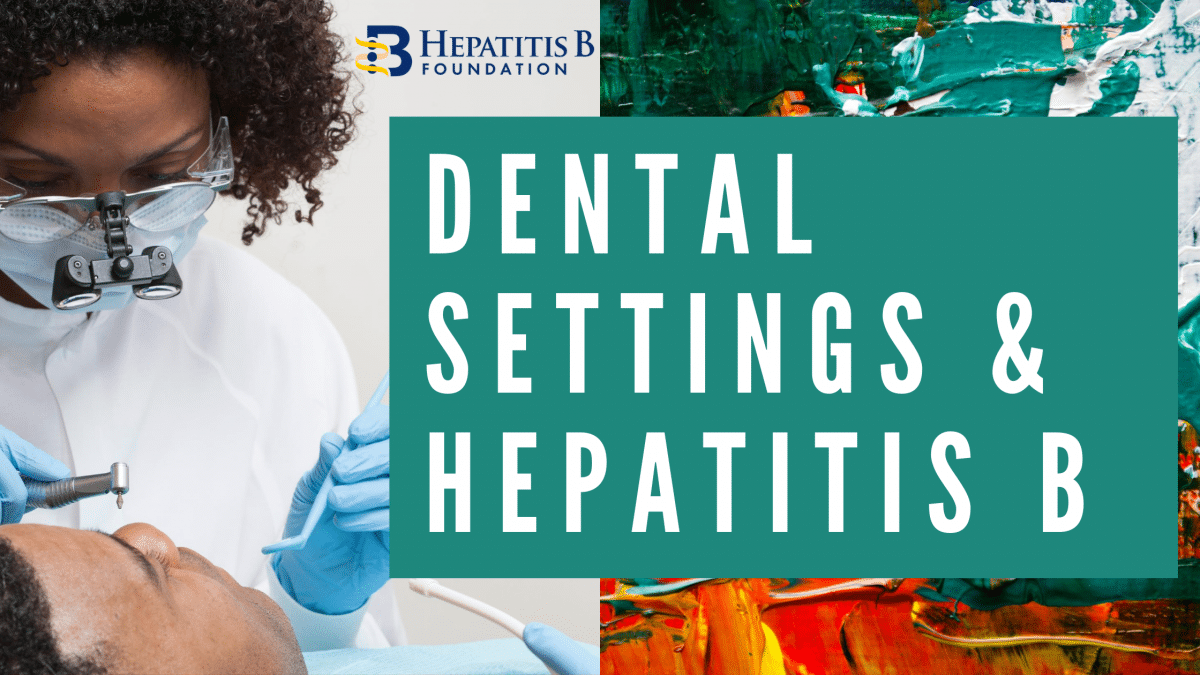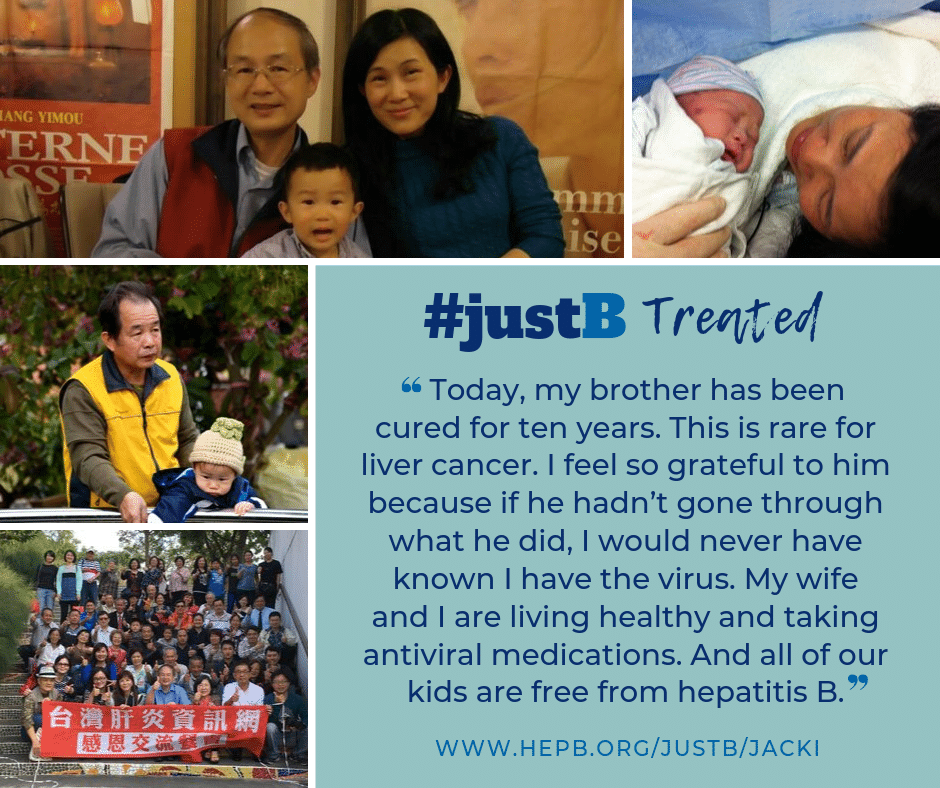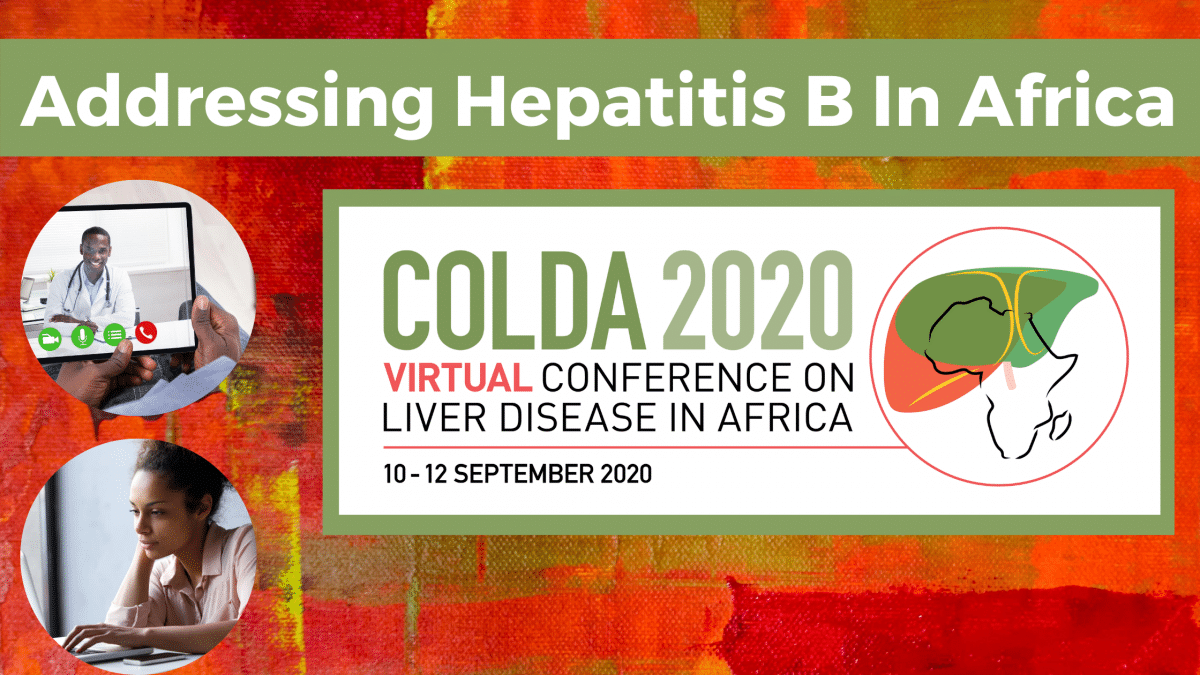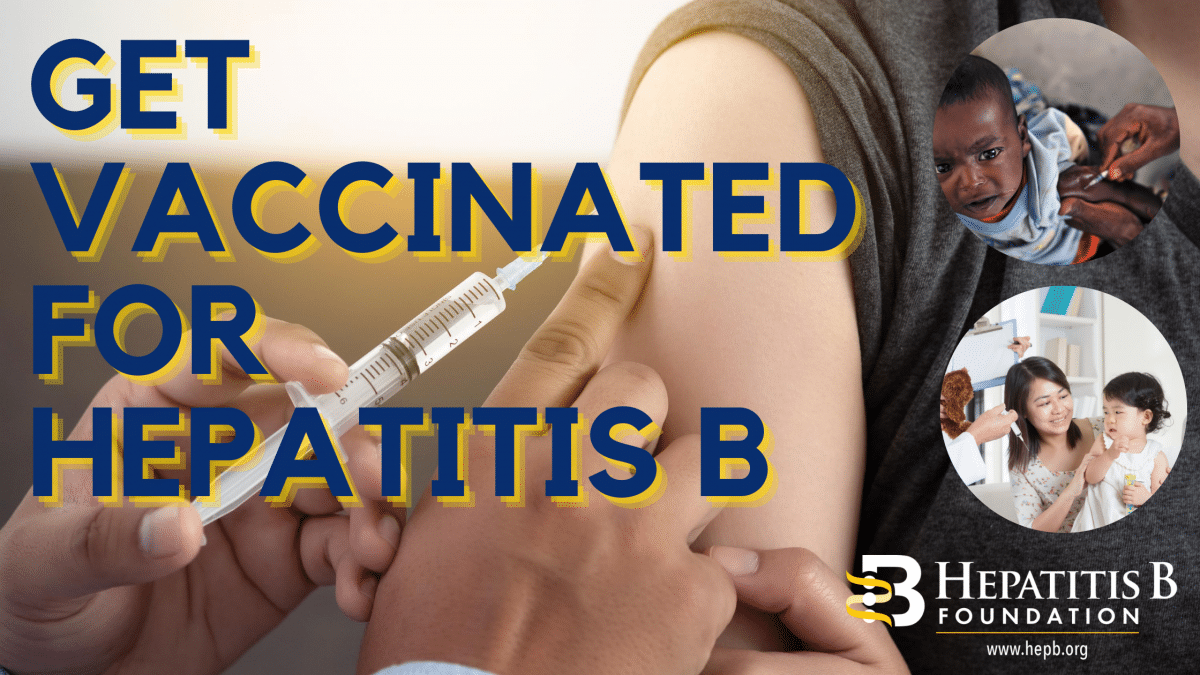
Hepatitis B, a major cause of liver damage and liver cancer, is a silent epidemic worldwide. It is a bloodborne infection that is commonly transmitted through blood and sexual fluids. In the dental office, it is mostly transmitted via blood. It is vital to ensure infection control practices are being followed during dental procedures such as cleanings, extractions, injections, root canals, and surgical procedures to reduce the incidence of hepatitis B.
According to a study from the Department of Periodontology and Endodontics at the State University of New York at Buffalo, unvaccinated dental health care workers have a 10 times greater risk of becoming infected with hepatitis B compared to the average citizen because of possible occupational exposure.[1] The CDC recommends that all health care providers, including those working in dentistry, be vaccinated to protect them. Patients can also play a role by ensuring that they are vaccinated as well. The hepatitis B vaccine is safe and effective and protects for a lifetime!
The transmission of hepatitis B in dental surgery can also be prevented by the routine exercise of good clinical hygiene. The dental clinic must properly and routinely dispose of needles, sterilize instruments, and comply with all standard precautions (e.g., wearing appropriate personal protective equipment and disinfecting all equipment and surfaces after each patient) for all patients. In the 2016 update of Transmission of blood-borne pathogens in US dental health care settings, the authors identified lapses in infection prevention practices and failure to adhere to Centers for Disease Control and Prevention (CDC) recommendations as the major causes behind breakouts of hepatitis B in dental settings (see CDC guidelines for the United States here).[2] Examples of lapses included the failure to heat-sterilize handpieces between patients, a lack of training for interns/personnel, and the use of a combination of unsafe injection practices. [2] These reports emphasize the need to improve dental health care personnel’s understanding of the basic principles of infection control.
While at your dentist’s office, you can play a role in ensuring the staff implements proper infection control practices. Before being seated, make sure the chair and all surfaces have been properly wiped down after the previous patient completed treatment. Ensure there is no visible blood or saliva on any surfaces. Before any work is done, ask your dentist if the instruments have been properly disinfected or sterilized. Then, your dentist should take a thorough medical history, asking specific questions about medications, current illnesses, recurrent illnesses, or other infections. Your dentist should also use new protective attire and barrier techniques such as gloves, surgical masks, protective eyewear, and a gown or laboratory coat. In addition, do not be afraid to seek affirmation that the dentist has washed their hands prior to your treatment. When using sharp instruments or needles your dentist should use extraordinary care to prevent unintentional injuries. The needle should be properly disposed of or recapped to decrease the risk of needlestick injury.
The lack of awareness about the importance and dangers of hepatitis B often stems from dental schools. The Himachal Institute of Dental Sciences in Paonta Sahib, India conducted a study which revealed that while dentists are among the high-risk transmission groups for hepatitis, they have little knowledge or information on hepatitis B and/or the vaccine.[3] The study also concluded that proper infection control, sterilization, and prophylactic vaccination protocols should be followed in order to reduce the risk of hepatitis in India.[3] Another study, performed by Saveetha Dental College & Hospital in Chennai, India, evaluated the awareness of the hepatitis B virus among dental graduate students at the University Dental College.[4] A questionnaire regarding the awareness of hepatitis infections and various infection control measures was distributed among all the students in the dental graduate program.4 The data extracted showed that final year students had an increased awareness when compared to third-year students.[4] The overall awareness among the students was unsatisfactory and further signifies the need for continued infection control education.
Similarly, a study performed at Obafemi Awolowo University in Nigeria evaluated the attitude of 120 students towards the hepatitis B vaccine through an anonymous questionnaire.[5] The results showed that of the 94.7% of the students who did not receive the vaccine cited their busy schedule as the reason for their failure to be vaccinated.5 Furthermore, the University of Pretoria in South Africa conducted a study aimed to determine the knowledge among 292 dental students on the transmission and prevention of the hepatitis B virus.[6] It was found that more than 50% of the students did not know that the hepatitis B infection can be transmitted through piercings and more than 50% of the nonclinical students wrongly reported that antibiotics can be used to prevent infection after exposure.6 These studies demonstrate that there is a lack of knowledge surrounding hepatitis B in some dental school settings which contributes to insufficient knowledge about hepatitis B in professional dental settings.
Although awareness about hepatitis B is improving worldwide, dental schools must begin to stress its prominence and importance of infection control in dental settings. It is a good idea for patients to ask about the infection control practices implemented at their dental offices. Emphasis should always be placed on consistent adherence to recommended infection control strategies, and each dental clinic should have a written protocol for instrument reprocessing, operatory cleanup, and management of injuries. Such efforts will lead to the development of safer and more effective medical devices, work practices, and personal protective equipment; all in conjunction decreasing the incidence of hepatitis B.
Guest Author:
Shrey Patel
Bridging the Gaps Intern
Second Year Dental Student at the University of Pennsylvania School of Dental Medicine
References:
[1] Araujo MW, Andreana S. Risk and prevention of transmission of infectious diseases in dentistry. Quintessence Int. 2002;33(5):376-382.
[2] Cleveland JL, Gray SK, Harte JA, Robison VA, Moorman AC, Gooch BF. Transmission of blood-borne pathogens in US dental health care settings: 2016 update. J Am Dent Assoc. 2016;147(9):729-738. doi:10.1016/j.adaj.2016.03.020
[3] Dahiya P, Kamal R, Sharma V, Kaur S. “Hepatitis” – Prevention and management in dental practice. J Educ Health Promot. 2015;4:33. doi: 10.4103/2277-9531.157188. [PubMed: 26097847]. [PubMed Central: PMC4456879].
[4] Mahesh R, Arthi C, Victor S, Ashokkumar S. Hepatitis B infection awareness among dental graduate students: A cross sectional study. Int Sch Res Notices 2014. 2014:1–6.
[5] Adenlewo OJ, Adeosun PO, Fatusi OA. Medical and dental students’ attitude and practice of prevention strategies against hepatitis B virus infection in a Nigerian university. Pan Afr Med J. 2017;28:33. Published 2017 Sep 14. doi:10.11604/pamj.2017.28.33.11662
[6] Madiba T.K., Nkambule N.R., Kungoane T., Bhayat A. Knowledge and Practices Related to Hepatitis B Infection among Dental and Oral Hygiene Students at a University in Pretoria. J. Int. Soc. Prev. Community Dent. 2018;8:200–204. doi: 10.4103/jispcd.JISPCD_31_18.





 Conference on Liver Disease in Africa
Conference on Liver Disease in Africa 